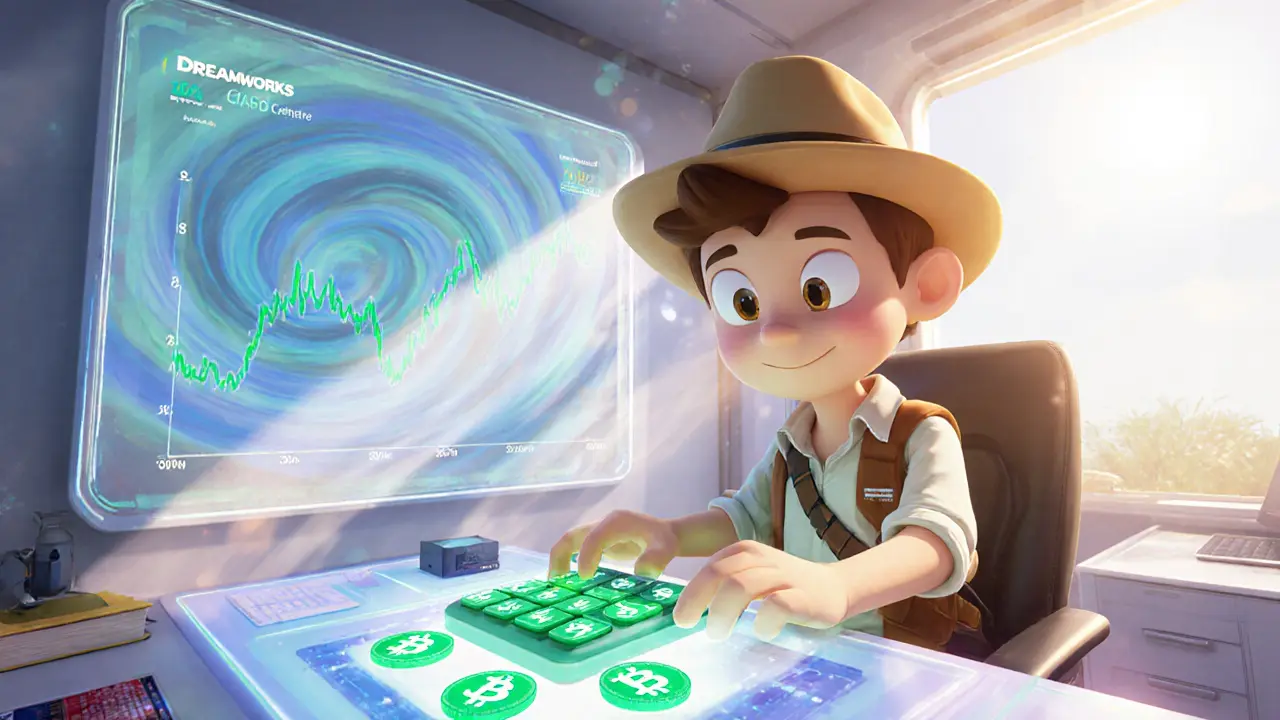Metaverse Infrastructure: The Backbone of Virtual Worlds
When working with Metaverse Infrastructure, the collection of networks, compute resources, storage layers, and interoperable protocols that enable immersive, persistent digital universes. Also known as digital twin platform, it bridges real‑world data with on‑chain logic to keep virtual worlds running smoothly.
One of the biggest pillars behind any metaverse is Blockchain, a decentralized ledger that secures ownership, tokenizes assets, and provides trust‑less transactions. Because blockchains record every land parcel, avatar skin, or in‑game item, they give creators a way to earn and users a way to prove true ownership.
Another critical layer is Virtual Reality, the visual and sensory technology that renders 3D spaces in real time, letting users feel present inside a digital environment. High‑resolution headsets, low‑latency networking, and spatial audio turn a flat screen into an interactive world, and they rely on the underlying infrastructure to avoid lag.
Digital collectibles known as NFTs, non‑fungible tokens that uniquely represent items, land, or identity on a blockchain, act as the data glue for virtual economies. When an avatar picks up a sword or buys a plot, the NFT records that change, ensuring the transaction is immutable and tradable across platforms.
Key Components of Metaverse Infrastructure
In this guide, we focus on Metaverse infrastructure because it ties together network bandwidth, edge computing, and cross‑chain bridges. Edge nodes bring processing closer to users, cutting latency for VR interactions. Cross‑chain bridges let assets move between Ethereum, Solana, or newer L1s, giving creators flexibility to choose the best performance and cost trade‑offs.
Security is another non‑negotiable piece. Decentralized identity solutions verify who you are without a central database, while zero‑knowledge proofs let you prove assets without exposing details. Together they keep virtual worlds safe from hacks and privacy breaches.
Scalability comes from layer‑2 solutions that batch transactions, reducing gas fees and allowing thousands of simultaneous users. Projects like rollups, sidechains, or state channels act as traffic accelerators, making massive concerts or battles feasible without choking the main network.
Beyond the tech, the business model matters. Play‑to‑earn games, virtual real‑estate rentals, and branded experiences generate revenue streams that fund infrastructure upgrades. Understanding how tokenomics, staking, and liquidity pools interact helps investors decide where to allocate capital.
All of these topics show up in the articles below. You’ll find deep dives on exchange reviews, legal frameworks, token analyses, and practical how‑to guides that together paint a full picture of today’s metaverse ecosystem. Dive in to see how each piece fits, from the blockchain that secures ownership to the VR hardware that delivers the experience.

